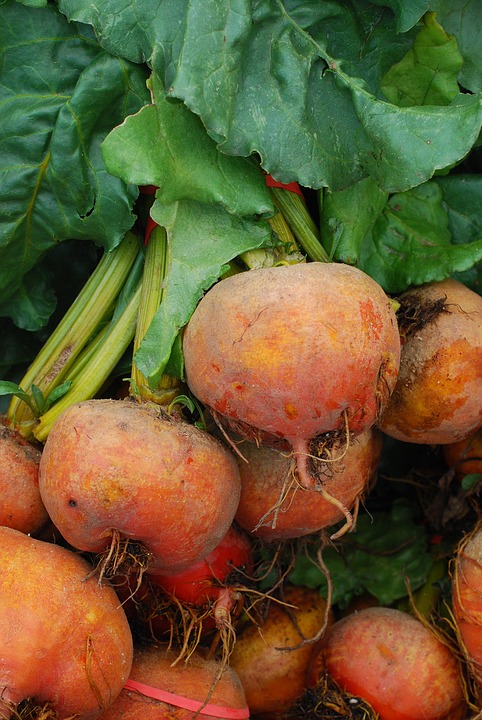
Due to extremely frequent spring rains, some vegetable gardeners may not have been able to plant all the vegetables they would have liked.
You might think “vegetable gardens can only be planted in spring, right?” Wrong – you can go on planting vegetables throughout summer and even into August if you choose your crops and cultivars carefully. Crops grown for their roots or foliage do particularly well in the fall garden.
Radishes and lettuce, for instance, can be planted every two or three weeks all summer for a continuous harvest. Look for lettuce cultivars labeled as heat tolerant or slow bolting, such as those listed below. These perform better in hot weather than others, which are stimulated by heat to go to seed or develop a bitter flavor.
Cool-season crops tend to taste even better when the days get cooler and some, like turnips, are actually improved by a touch of frost. New transplants of broccoli, cabbage, Brussels sprouts and cauliflower should be started indoors now for transplant outside in six to eight weeks.
Preparation
Fall vegetables do much better on soils that have been prepared and allowed to settle for one or two weeks. Areas used for spring crops can be reused for the fall garden but be sure to rotate crops; for example, don’t plant fall cabbage where you had spring cabbage. Plant something from a different vegetable family in the spring cabbage area.
Since temperatures are warmer now, follow these suggestions to get your fall crops going
- Remove all the old vegetation left by the spring crop. Put it in the compost pile or dig a hole and pit compost it.
- Prepare a shallow, firm seed bed. Avoid deep plowing at this time.
- Soak the seeds overnight before planting.
- Plant seeds slightly deeper than recommended for spring gardens.
- After plants are well established, thin them to the proper spacing and apply mulch.
When to Plant? Then to Plant?To decide when to plant your fall crops, get out your calendar and start counting backward from our normal first frost date, which is October 10th to 15th. Add together the days to harvest listed on the seed packet and the number of days you'll need to harvest a crop. If the crop is sensitive to cold, add in 10-14 days as a cushion to avoid damage from an early frost.
The growth rate of cold sensitive plants slows as temperatures get cool and all plants respond to the shorter fall day length by slowing their growth. Add in another 10-14 days to account for this “fall factor”.
The total number of days, counted backward from the first frost date should give you a pretty good estimate of when to seed your fall crops. Of course, plants that are hardy or semi-hardy; like cauliflower, broccoli and cabbage; will flourish in the cool autumn days and even survive light frosts so timing doesn't have to be so exact as with very frost sensitive plants, like lettuce or snap beans.
But while snap beans are not frost tolerant, many bush varieties mature so quickly – within 55 to 60 days from planting - they can be planted even into July and still have time to produce a crop before frost.
What to Plant?
Certain cultivars are better suited for a fall garden that others. Below are good cultivars and planting dates for eastern Nebraska. Many other great cultivars can also be used; look for those with shorter days from seeding to harvest, along with good disease resistance and heat tolerance.
July 1-15
- Cucumber – Marketmore, Straight Eight
- Summer Squash – Ambassador Zucchini, Yellow Crookneck
July 15 – August 5
- Carrot – Danvers, Nantes Half Long, Chantenay
- Snap beans – Contender, Top Crop, Tendergreen
July 20 – August 15
- Lettuce - Buttercrunch, Summer Bibb, Black Seeded Sampson, Red Salad Bowl, Salad Bowl, Oakleaf or Green Ice
- Radish – Champion, Sparkler, Comet, Cherry Bell
- Turnip – Tokyo Cross, Early Purple Top, Purple Top Globe
August 1 - 10
- Beets – Ruby Queen, Detroit Dark Red
- Mustard – Florida Broadleaf, Southern Giant, Tendergreen
- Swiss Chard – Ruby Red (also know as Rhubarb Chard), Bright Lights